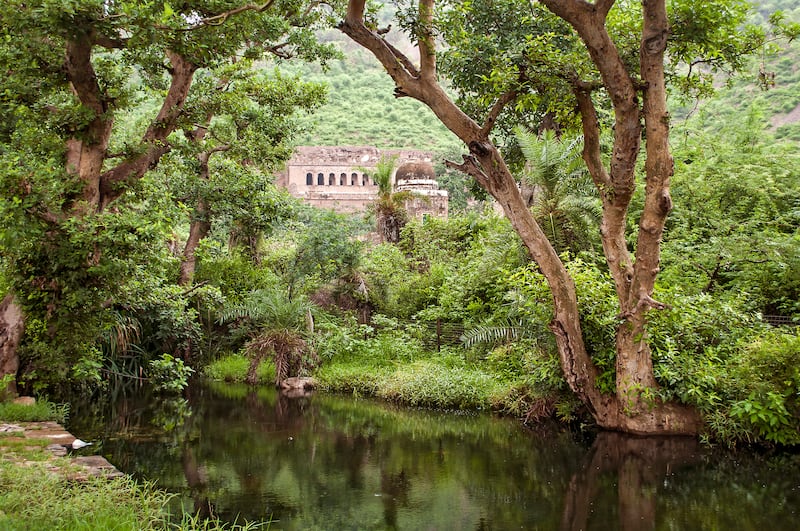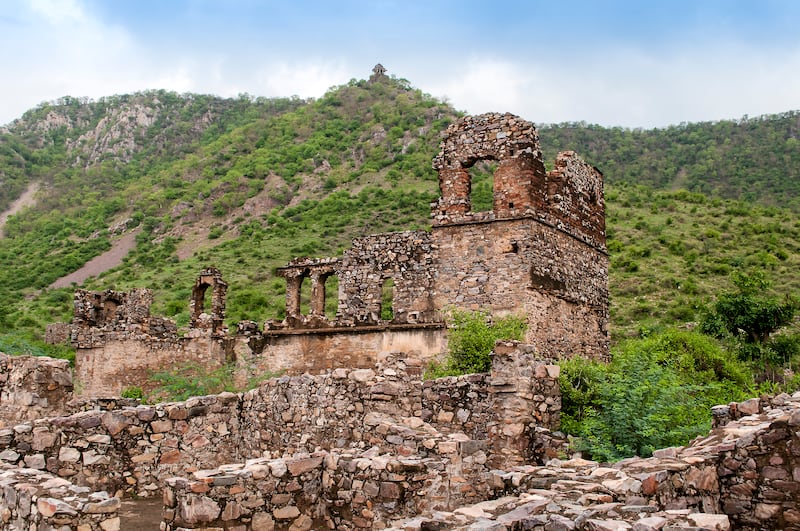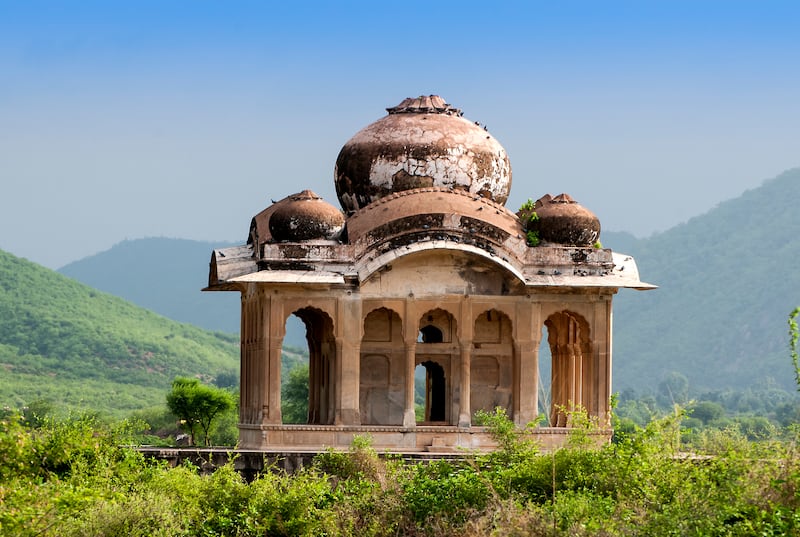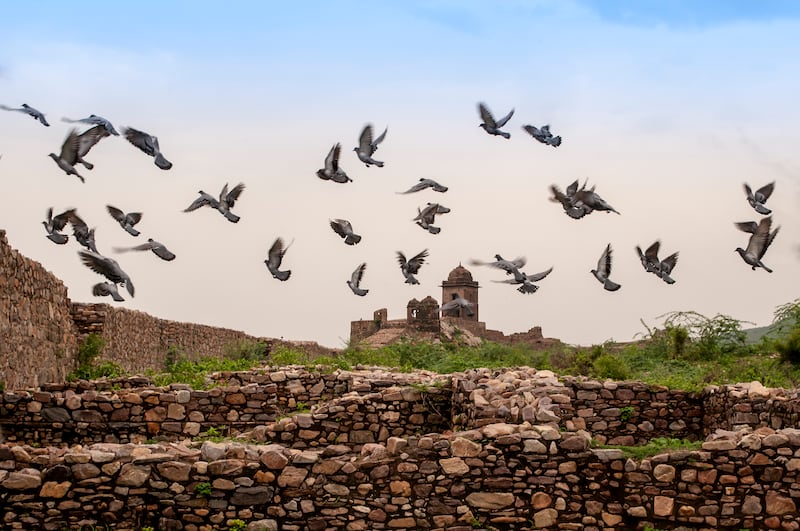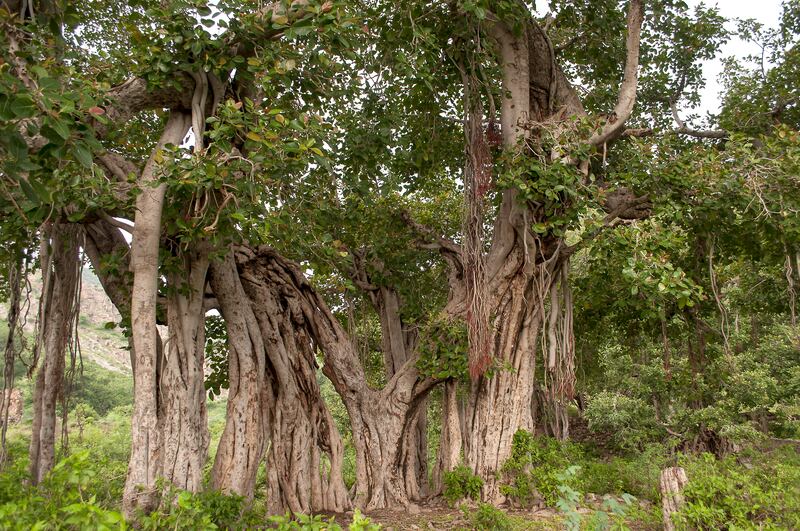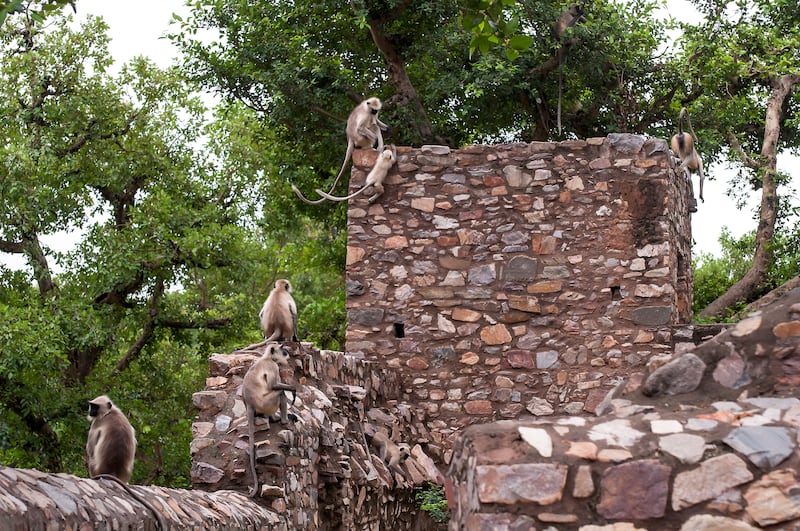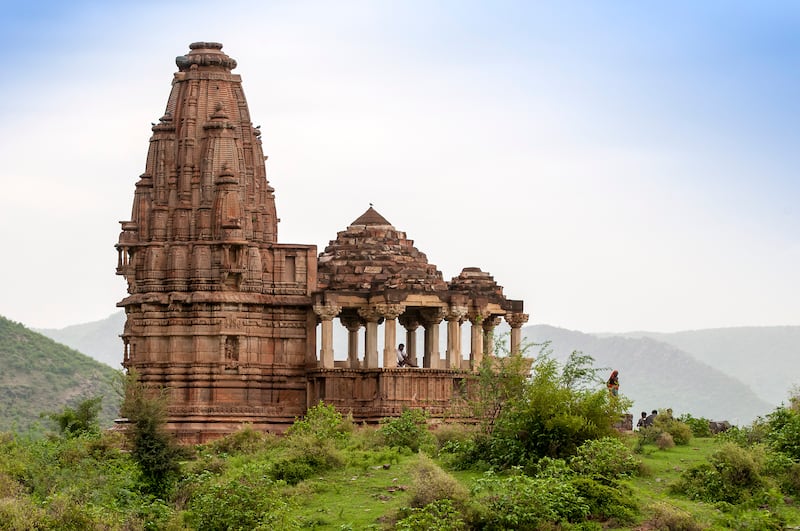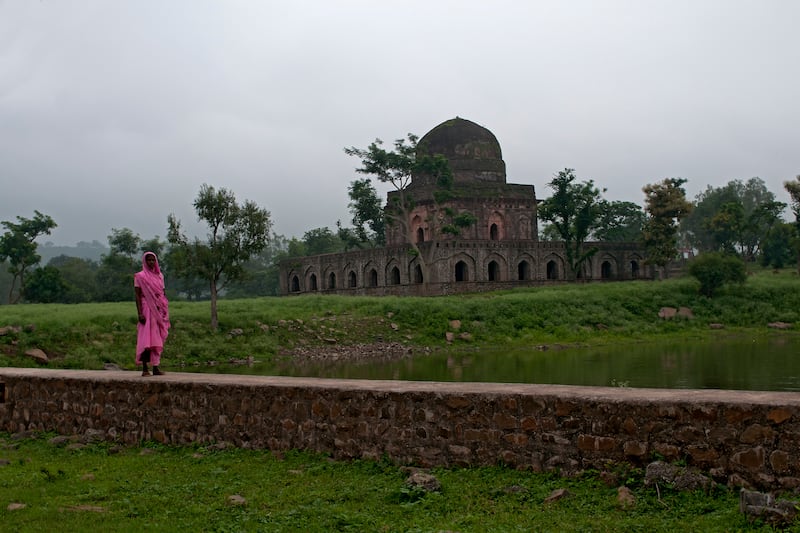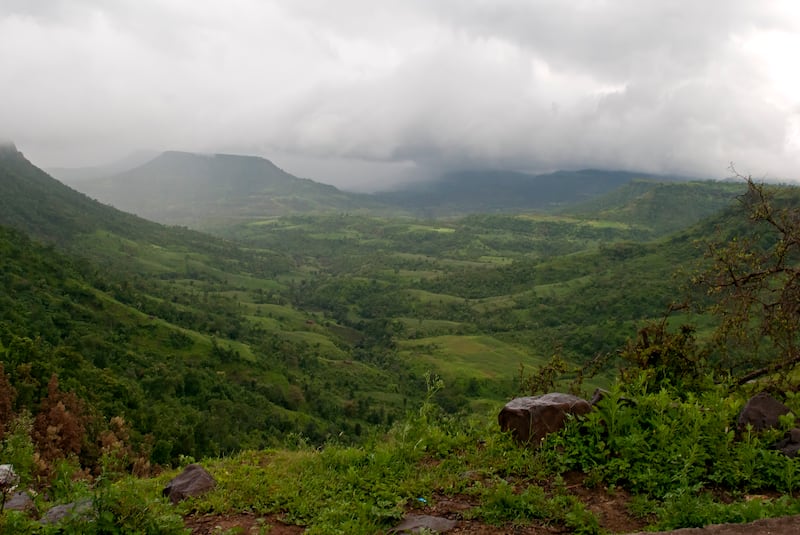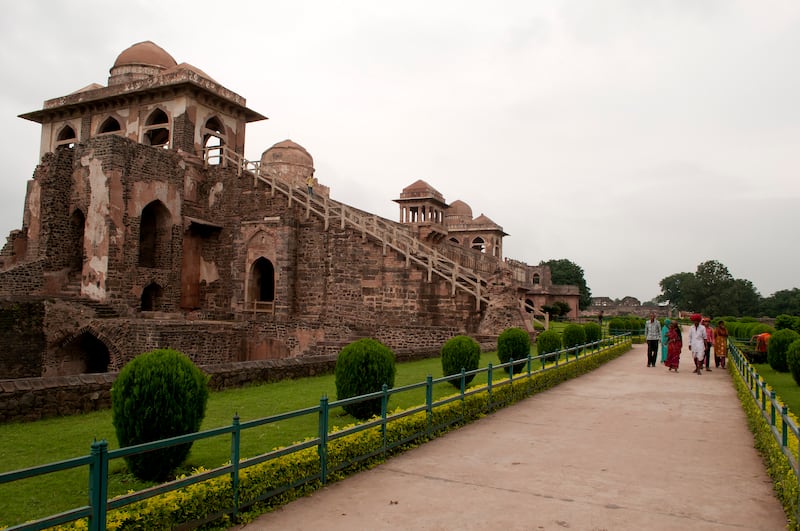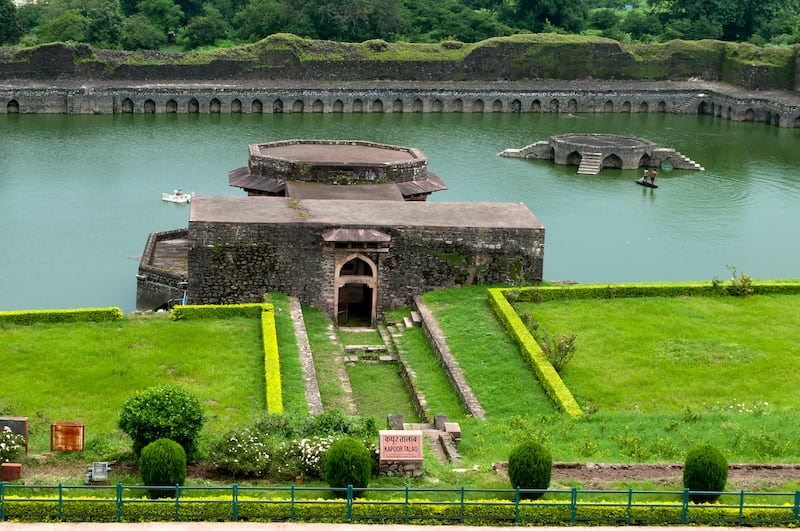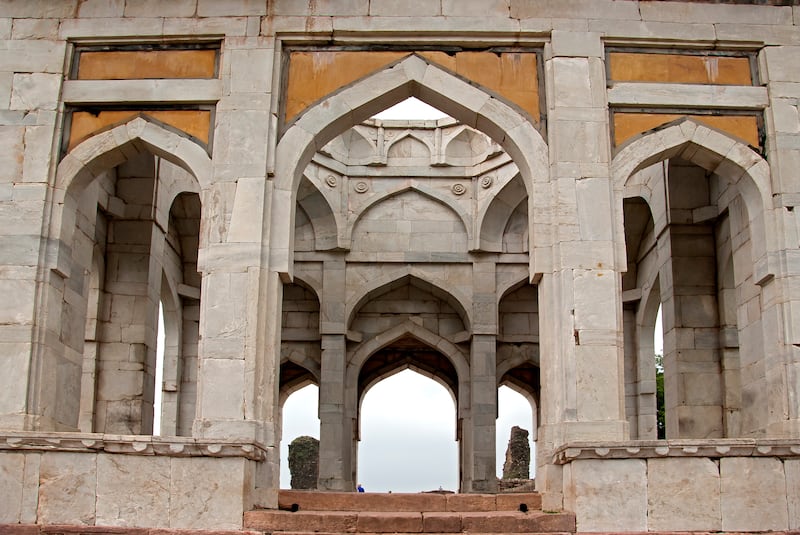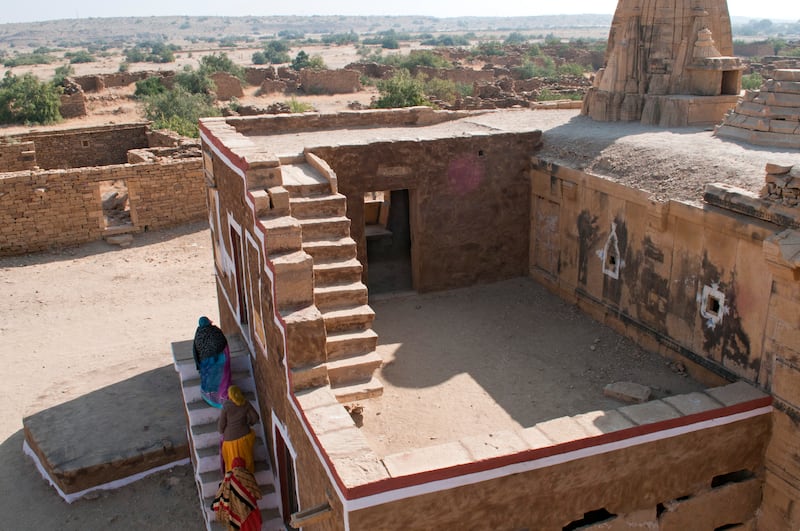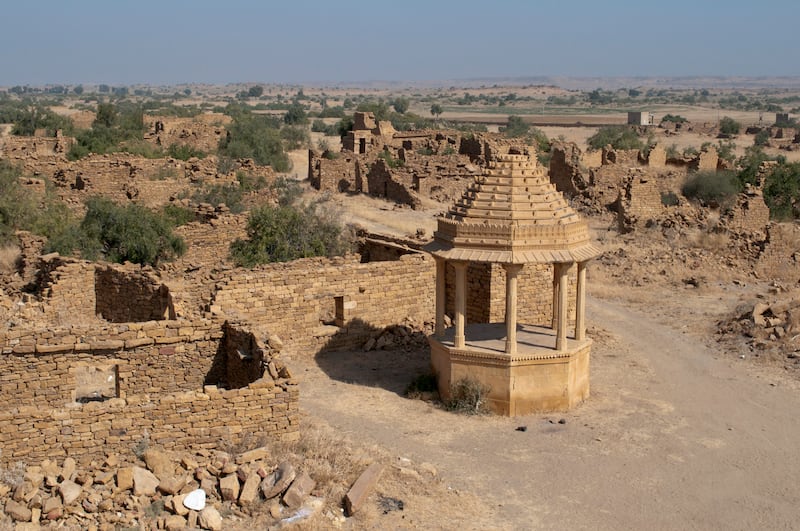Star-crossed lovers, a spiteful mystic and a vengeful prime minister underpin the intriguing histories of these three destinations across India.
With Halloween around the corner, we explore some of the spookiest villages and cities in the subcontinent, where people are still afraid to walk around at night.
Bhangarh
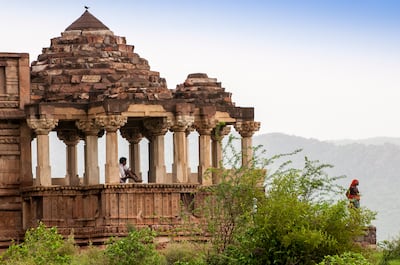
Early one morning, we walk through a majestic gateway into Bhangarh, on the edge of the Sariska Tiger Reserve in the north-western Indian state of Rajasthan, aware we're entering one of the most haunted sites in the country. A shiver rakes our spines, as we confront the desolate ruins of the medieval city, painted in rain-washed green. There are five gateways and three encircling walls – are we trapped in a maze? Will the gates shut behind us silently now that we're inside? It's all we can think about.
Our arrival in Bhangarh, a small village set back against the verdant Aravalli hills, is heralded by the shrill cry of peacocks. Barring a few locals, we're the only people here, in this secret Jurassic-Park-like domain peppered with gnarled banyan trees that rise amid the ruins of temples. We also see havelis (stately mansions) and a decrepit palace on a hill slope.
On top of a hill are the remains of the dwelling of Selu Sevra, an evil court magician who fell in love with Rani Ratnavati, a beautiful queen of the time – or so the story goes. One day, the wicked magician managed to put a spell on the queen’s hair oil so she would succumb to his advances. The queen (who was also conversant with black magic) realised there was something amiss and chucked the oil. Soon, the pool of oil transformed into a huge boulder that rolled and hurled itself at the evil mystic as he sat meditating on a hilltop. He saw the boulder’s advance and mouthed a curse that Bhangarh would fall, never to rise again.
The city was abandoned overnight.
Mandu
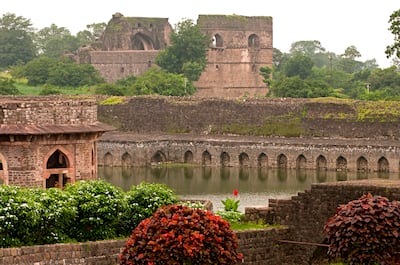
Our self-appointed guide through Mandu is an expert spinner of yarns. In a gravelly voice, he speaks of the grand passion of kings who lived here, a city of palaces and pavilions in the central Indian state of Madhya Pradesh.
When he speaks, the wind whistles eerily in the trees and the stones seem to murmur their secrets to him. Our hearts throb with excitement as he leads us to a pavilion in the Jahaz Mahal palace that overlooks a glassy lake. He whispers that every moonlit night anguished ghostly cries rise from the shimmering lake. This is where many women from the king’s harem had killed themselves, he tells us, driven to their deaths by loneliness, frustration and depression.
We’ve visited Mandu numerous times, drawn by its aura of tragedy and the theme of unrequited love that courses through its historic palaces and pavilions. Local balladeers still sing about the star-crossed lovers, Rani Roopmati and Sultan Baz Bahadur, a royal duo whose tragic lives have inspired several celluloid versions of their love story. Initially, their days were a symphony of delight until Adam Khan, one of Mughal Emperor Akbar’s generals, spearheaded an attack on Mandu. Baz Bahadur fled to nearby Dhar. Khan in turn asked Roopmati to be his wife. Devastated by her consort’s desertion, Roopmati killed herself by swallowing a cache of ground diamonds.
We often stop by Roopmati’s Pavilion to watch a flaming sunset. An uneasy feeling swamps us – could the unseen ghosts of Mandu be watching us?
Kuldhara
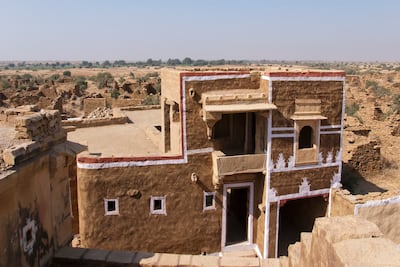
It was a moonless night when a long camel caravan lumbered out of the village of Kuldhara, situated in the north-western Indian state of Rajasthan. Once a prosperous settlement, located 18 kilometres south-west of the fort town of Jaisalmer, it was evacuated overnight. The hapless villagers, Paliwal Brahmins, fled into the clotted darkness, trudged across the trackless Thar desert, leaving pots of milk smouldering on village fires.
The community of prosperous farmers, who had filled the coffers of the kings with the taxes they had paid, was fleeing the wrath of Salim Singh, the powerful prime minister of Jaisalmer. It is rumoured that Singh had fallen in love with a village belle, the daughter of a chieftain, and had ordered the community to hand over the beauteous maiden to him within two days.
As we explore Kuldhara, deep in the sandy heart of the Thar, we sense the thrum of something otherworldly; of life interrupted and of walking into a space where wraiths strut unchallenged amid the broken shards of a forlorn village. We explore the two homes that have been restored to show how the once-wealthy community lived. The desert winds hoot and seem to challenge us to see the beyond.
The curse of the fleeing Paliwals had come to pass – that their once-fertile fields would never be tilled but would be swallowed by a greedy desert and the hamlet would remain forever desolate. Indeed, no one dares to step into Kuldhara once the night claims the abandoned space.
